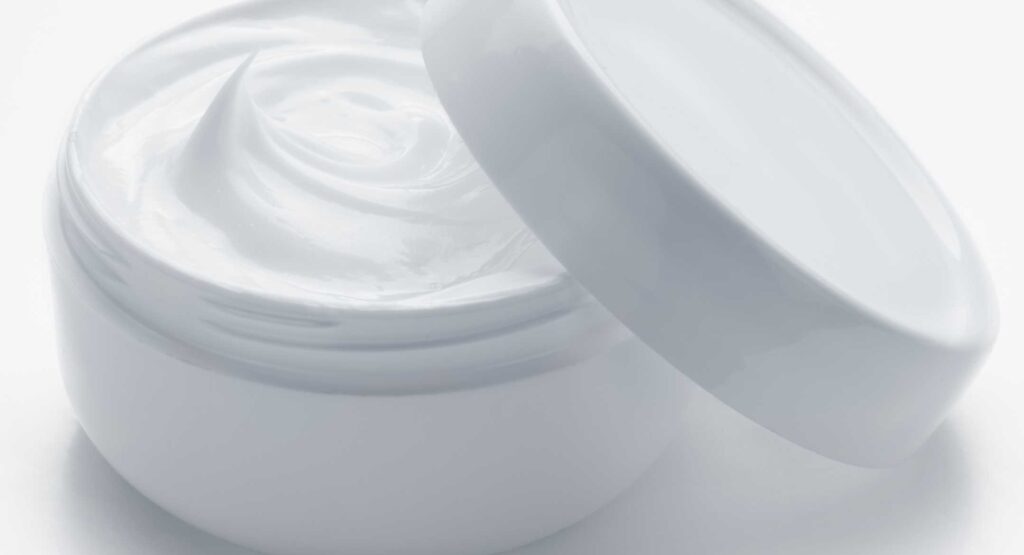Ammonium Lactate
TYPE OF INGREDIENT
Humectant, Exfoliant
COMMONLY FOUND IN
Lotions, Creams
WHAT ARE THE BENEFITS OF AMMONIUM LACTATE ?
Because of its effects on skin keratinization, ammonium lactate is thought to result in decreased roughness of the skin, fissure development and dryness. It is also thought to reduce thickened skin. Therefore, ammonium lactate can be used for any level of xerosis, though it has been studied mostly in moderate-to-severe xerosis. When combined with other agents (e.g., pramoxine) it can have a synergistic effect for patients with dry, bothersome or itchy skin.
WHAT IS AMMONIUM LACTATE?
Ammonium lactate is a moisturizer that modulates skin keratinization, leading to epidermal proliferation and accelerated dermal cell growth. Ultimately, its presumed mechanism is to create a stimulatory action on keratinocytes and adjust the pH in the skin. Often it is combined with other agents to provide a synergistic effect in patients with xerosis.

IS AMMONIUM LACTATE SAFE FOR ALL SKIN TYPES AND TONES?
Ammonium lactate is likely safe for all skin types and tones based on available data.
CONTRAINDICATIONS
There is minimal data on contraindications for the topical application of ammonium lactate unless there is a known hypersensitivity to the agent or its derivatives. However, it may be associated with skin burning or tingling, so it should be used with caution in patients for whom this may be an issue.
Sources:
Ademola J, Frazier C, Kim SJ, Theaux C, Saudez X. Clinical evaluation of 40% urea and 12% ammonium lactate in the treatment of xerosis. Am J Clin Dermatol. 2002;3(3):217-222. doi:10.2165/00128071-200203030-00007
Grove G, Zerweck C. An evaluation of the moisturizing and anti-itch effects of a lactic acid and pramoxine hydrochloride cream. Cutis. 2004;73(2):135-139.
Jennings MB, Alfieri DM, Parker ER, Jackman L, Goodwin S, Lesczczynski C. A double-blind clinical trial comparing the efficacy and safety of pure lanolin versus ammonium lactate 12% cream for the treatment of moderate to severe foot xerosis. Cutis. 2003;71(1):78-82.

